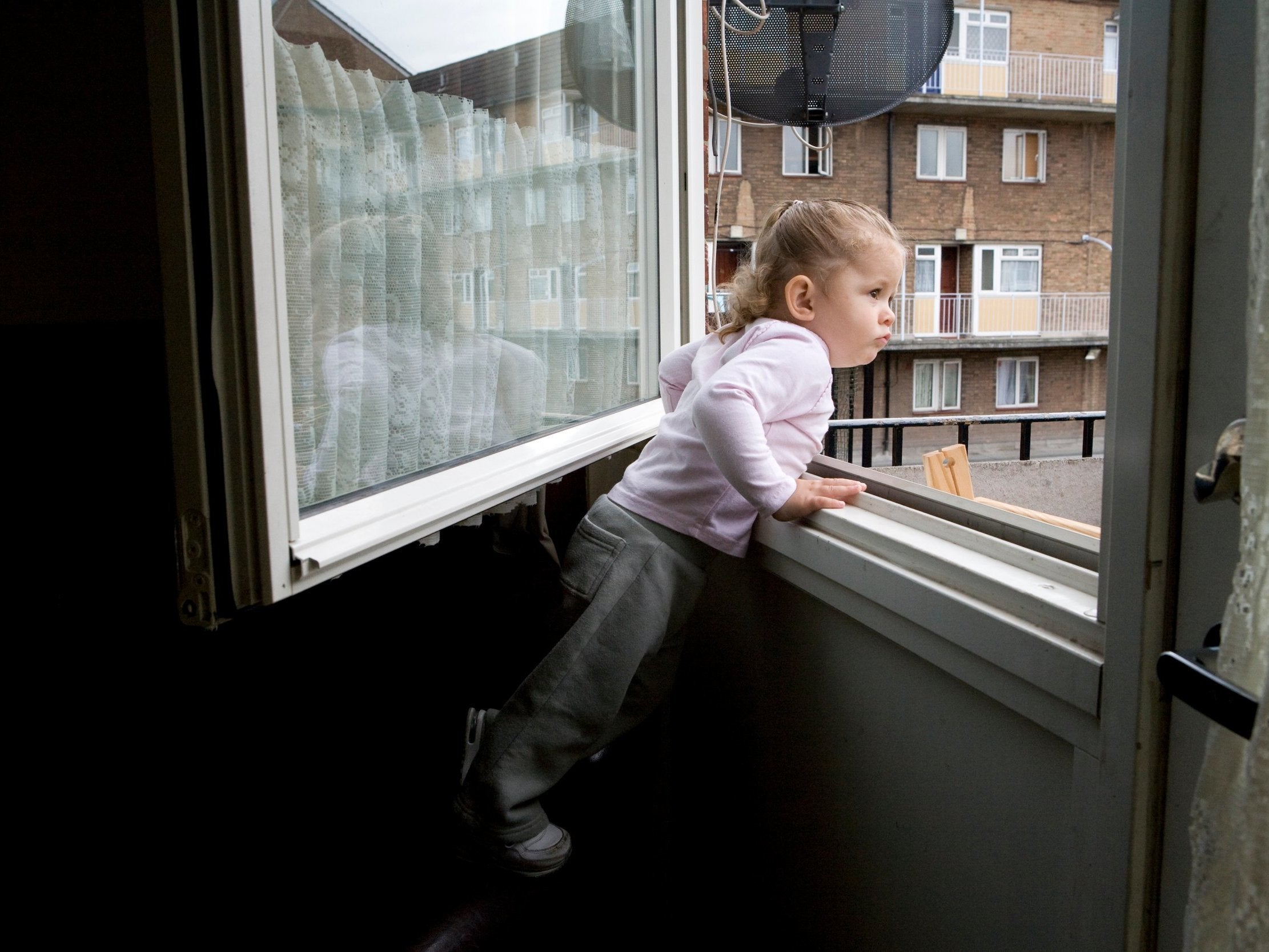Fifth of people in working UK households trapped in relative poverty
Causes include steeper housing costs for the low-paid and much slower wage growth compared with higher earners, says Institute for Fiscal Studies

Your support helps us to tell the story
From reproductive rights to climate change to Big Tech, The Independent is on the ground when the story is developing. Whether it's investigating the financials of Elon Musk's pro-Trump PAC or producing our latest documentary, 'The A Word', which shines a light on the American women fighting for reproductive rights, we know how important it is to parse out the facts from the messaging.
At such a critical moment in US history, we need reporters on the ground. Your donation allows us to keep sending journalists to speak to both sides of the story.
The Independent is trusted by Americans across the entire political spectrum. And unlike many other quality news outlets, we choose not to lock Americans out of our reporting and analysis with paywalls. We believe quality journalism should be available to everyone, paid for by those who can afford it.
Your support makes all the difference.Relative poverty now afflicts almost a fifth of people living in working households in the UK. That is an increase of 40 per cent from the mid-1990s, driven in part by higher rents in private and social housing, according to research published by the Institute for Fiscal Studies (IFS).
But there are other reasons for the rise in relative poverty – defined as a household income lower than 60 per cent of median income – and not all of them are bleak.
“The gradual rise in relative in-work poverty rates from 13 per cent in the mid-1990s to 18 per cent in 2017 are the result of complex trends,” said Xiaowei Xu, one of the authors of the research.
Two key reasons are steeper housing costs for the low-paid, including higher rents and lower housing benefits, and much slower growth in their earnings compared with higher earners.
On the other hand, many in the previously jobless groups, such as lone parents, have moved into low-paid work, pushing up the rate despite becoming themselves better-off. Secondly, rapid growth in pensioners’ incomes over the past 25 years has lifted median income, meaning more working families have fallen below the relative poverty line.
The same two trends largely account for the fact that 58 per cent of those in relative poverty now live in a working household, compared with 37 per cent in the mid-1990s. “Most of the reason that the majority of the poor are now in working households is that there are many fewer workless households and many fewer poor pensioners,” the IFS said.
A relatively poor single-person household is one with an income of less than £152 a week, while for a couple with two young children the relative poverty line is £367 a week.
The evolution of absolute poverty for all households paints a somewhat brighter picture. The measure – defined as a household income lower than 60 per cent of median income in 2010-11 – remains at its lowest ever level, affecting 19 per cent of the population.
Still, there are worrying signs. Absolute poverty stopped its multi-year decline and absolute child poverty rose by 1 percentage point in 2017-18 as welfare benefits have been cut.
Relative and absolute poverty is highest in London and lowest in the rest of southern England.
John McDonnell, Labour’s shadow chancellor, said: “Increasing wage inequality and cuts to social security are bad for society as well as potentially devastating for individuals.
“It’s clear that tackling poverty and inequality will need across the board measures to drive up wages, reduce living costs and make sure those in need have enough to live on.
“Labour’s industrial strategy, £10 per hour Real Living Wage, house-building programme and commitment to stop the rollout of Universal Credit mean better paid jobs, lower living costs and support for those who need it.”
Join our commenting forum
Join thought-provoking conversations, follow other Independent readers and see their replies
Comments